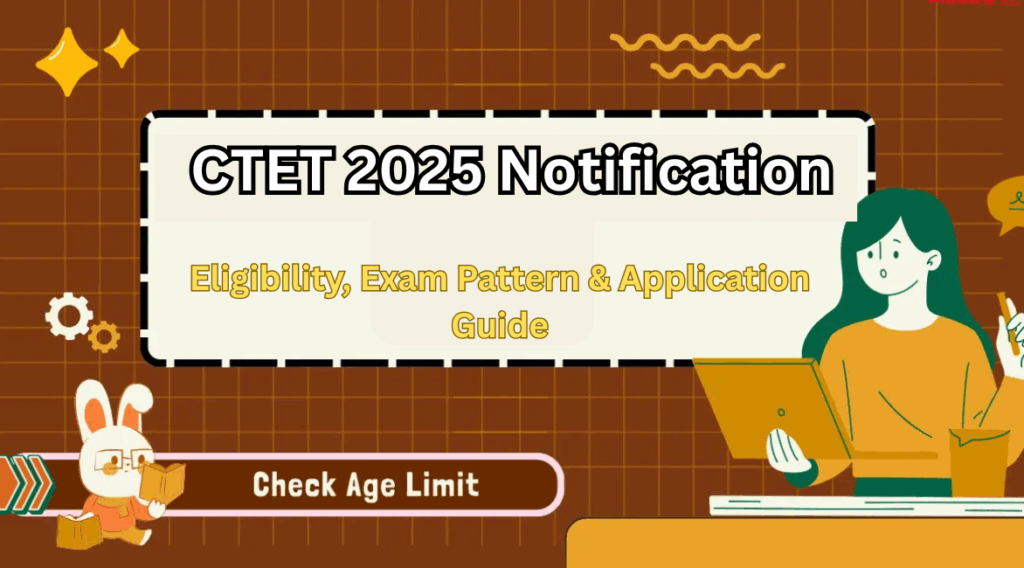In a major relief to lakhs of indebted farmers, multiple state governments have announced a fresh round of co-operative bank loan waivers in 2025, targeting agricultural loans taken through primary agriculture credit societies (PACS) and district cooperative banks. Under this scheme, the interest component of overdue loans will be fully or partially waived, helping farmers clear their debt and become eligible for new loans.
This state-backed initiative is aimed at reviving credit access in rural areas where farmers have been unable to repay due to erratic monsoons, declining crop prices, and rising input costs. While several states like Maharashtra, Rajasthan, Chhattisgarh, and Tamil Nadu have rolled out the scheme, each has its own implementation process and eligibility criteria.
Here’s a complete guide on the 2025 cooperative loan waiver, who qualifies, and how to apply for interest relief.

Table of Contents
What Is the Co-operative Bank Loan Waiver?

A cooperative loan waiver refers to the government’s decision to write off or waive a portion of the loan—usually the interest—on loans disbursed by cooperative banks. These loans are often extended to farmers by:
-
Primary Agricultural Credit Societies (PACS)
-
District Central Cooperative Banks (DCCBs)
-
State Co-operative Banks
The 2025 initiative specifically focuses on:
-
Interest waiver of crop loans taken before 31 March 2023
-
Ensuring non-performing accounts (NPAs) can be revived
-
Reinstating farmers’ eligibility for fresh crop loans for Kharif 2025
States Implementing Loan Waiver in 2025
Below is a snapshot of state-wise actions under the scheme:
| State | Loan Component Waived | Max Relief Per Farmer | Deadline to Apply |
|---|---|---|---|
| Maharashtra | Interest on loans up to ₹1.5 lakh | ₹40,000 | 30 Sep 2025 |
| Rajasthan | 100% interest + 25% principal waiver | ₹50,000 | 15 Oct 2025 |
| Tamil Nadu | Interest waiver for all PACS loans | No upper limit | 31 Aug 2025 |
| Chhattisgarh | Only interest for SC/ST farmers | ₹25,000 | 20 Sep 2025 |
These state governments will reimburse co-op banks through direct budgetary allocations, ensuring banks don’t suffer liquidity crises.
Eligibility Criteria for the Waiver Scheme
To benefit from the cooperative bank loan waiver 2025, farmers must fulfill the following:
-
Be a registered agricultural borrower under PACS or DCCBs
-
The loan account must be classified as overdue or NPA before March 31, 2024
-
Loan taken for crop cultivation, allied agri-activities (dairy, poultry, etc.)
-
Must not have received full settlement under earlier waiver schemes
-
Aadhaar-linked bank account and KYC compliance mandatory
-
Some states require PM-Kisan or land records linkage
Farmers with loans from commercial banks or private financiers are not covered under this specific scheme.
Application Process – How to Claim the Waiver
The process varies slightly by state but generally includes:
-
Visit your PACS or DCCB branch
-
Fill out the Loan Waiver Application Form 2025
-
Submit with supporting documents:
-
Aadhaar card
-
Land ownership proof or tenancy record
-
KCC passbook or loan statement
-
-
Verification by bank staff and District Agriculture Office
-
Approval within 30 days and waiver reflected in loan ledger
Some states like Maharashtra and Tamil Nadu also allow online application via state agriculture portals.
Impact of the Loan Waiver on Farmers and Banks
The 2025 interest waiver is expected to benefit over 4.2 million farmers across India, leading to:
-
Reduction in farmer suicides and distress migration
-
Renewal of credit lines to previously defaulting farmers
-
Boost in Kharif 2025 sowing due to improved financial health
-
Positive sentiment in rural cooperative credit sector
However, some financial experts warn that recurring waivers can cause:
-
Moral hazard among borrowers
-
Increased non-performing assets in the long run
-
Fiscal strain on state budgets
Despite this, most governments have chosen to proceed with targeted interest waivers rather than full principal waivers, to maintain a balance between relief and accountability.
Government’s Statement
A senior official from the Ministry of Agriculture remarked:
“The interest waiver scheme is not just a financial relief measure; it’s a lifeline for small farmers who have been trapped in a cycle of debt due to unpredictable weather and market conditions. This scheme aims to bring them back into the formal credit ecosystem.”
The government has also asked banks to organize ‘Loan Waiver Camps’ in villages to raise awareness and assist with paperwork.
FAQs
Who is eligible for the co-operative bank loan waiver 2025?
Farmers with overdue crop loans from PACS or DCCBs before March 31, 2024, and whose accounts have turned NPA, are eligible. They must have Aadhaar-linked accounts and land records.
Does this scheme waive off the principal loan amount?
No, the 2025 scheme primarily waives only the interest portion. Some states like Rajasthan may partially waive principal as well.
Can I apply online for the waiver?
Yes, some states such as Maharashtra and Tamil Nadu offer online portals for submission. You must still submit physical documents at your PACS branch for verification.
Will I be eligible for fresh loans after the waiver?
Yes, the goal of the scheme is to make farmers eligible again for fresh crop loans from the cooperative sector for the upcoming seasons.
Is this waiver applicable to loans from commercial banks?
No, the current scheme applies only to loans from co-operative banks and PACS. For commercial bank loans, separate schemes may be launched later.
Click here to know more.






